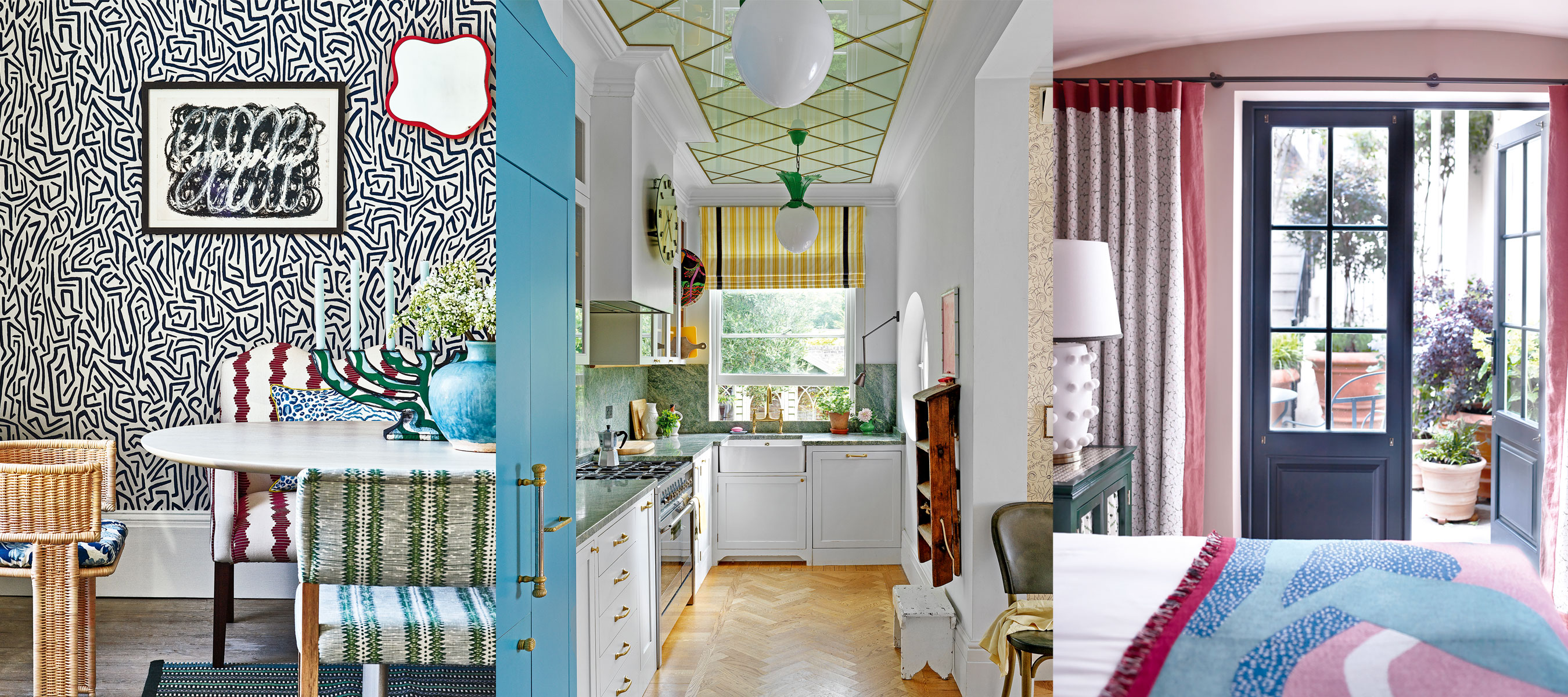Building a Sustainable Future with Architectural Marvels
In today's rapidly evolving world, the concept of sustainability has become increasingly important, especially in the field of architecture. With the growing concerns about climate change and the depletion of natural resources, architects and designers are now focusing on creating sustainable structures that minimize environmental impact while providing functional and aesthetically pleasing spaces. This article explores the significance of architectural marvels in building a sustainable future and highlights some remarkable examples from around the world.
The Importance of Sustainable Architecture
Sustainable architecture aims to minimize the negative impact on the environment by utilizing energy-efficient technologies, reducing waste generation, and promoting resource conservation. It encompasses various aspects such as energy efficiency, water management, material selection, and site planning. The integration of sustainable practices in architecture not only helps in preserving natural resources but also enhances the overall quality of life for the occupants.
Incorporating Renewable Energy Sources
One of the key elements of sustainable architecture is the utilization of renewable energy sources. Architects are increasingly incorporating solar panels, wind turbines, and geothermal systems into building designs to generate clean and renewable energy. These energy sources not only reduce the carbon footprint but also result in long-term cost savings for the building owners.
Efficient Water Management Systems
Water scarcity is a global concern, and sustainable architecture addresses this issue by implementing efficient water management systems. Techniques such as rainwater harvesting, greywater recycling, and low-flow fixtures help in reducing water consumption. Additionally, the use of native plants and landscaping techniques that require less irrigation further contributes to water conservation.
Passive Design Strategies
Passive design strategies involve the intelligent use of natural resources to minimize energy consumption. These strategies include optimizing building orientation for maximum daylighting, designing effective insulation systems, and utilizing natural ventilation techniques. By harnessing the power of nature, passive design ensures comfortable indoor environments while reducing reliance on artificial heating and cooling systems.
Sustainable Materials and Construction Techniques
Choosing sustainable materials and construction techniques is essential for creating environmentally friendly structures. Architects now prioritize materials with low embodied energy, such as recycled or locally sourced materials. Furthermore, construction techniques that minimize waste generation and promote efficient resource utilization, like prefabrication and modular construction, are gaining popularity.
Integrating Nature and Green Spaces
Bringing nature into urban settings is a crucial aspect of sustainable architecture. Incorporating Green buildings spaces, rooftop gardens, and vertical forests not only enhances the visual appeal but also improves air quality, mitigates heat island effects, and provides spaces for relaxation and recreation. These elements create a symbiotic relationship between architecture and the natural environment.
Smart Technologies for Energy Optimization
The advent of smart technologies has revolutionized sustainable architecture. Energy-efficient lighting systems, automated shading devices, and advanced building management systems allow for precise control and optimization of energy consumption. Real-time monitoring and data analysis enable architects and building operators to identify areas for improvement and make informed decisions to enhance energy efficiency.
Adaptive Reuse of Existing Structures
Preserving existing structures and repurposing them for new functions is a sustainable practice gaining popularity. Adaptive reuse not only saves resources and reduces waste but also adds character and historical value to the built environment. Renovating old factories into contemporary office spaces or converting warehouses into residential lofts are examples of how adaptive reuse can contribute to sustainable development.
Vertical Farming and Urban Agriculture
As urbanization continues to increase, the concept of vertical farming and urban agriculture holds great potential for sustainable architecture. Vertical farms utilize hydroponic or aeroponic systems to grow crops in vertically stacked layers, minimizing land use and water consumption. Integrating these agricultural practices into urban settings not only provides fresh and locally grown produce but also reduces the carbon footprint associated with food transportation.
Sustainable Transportation Solutions
Architects are actively promoting sustainable transportation solutions to reduce reliance on private cars and promote alternative modes of commuting. Designing buildings with convenient access to public transportation, incorporating bike lanes and pedestrian-friendly infrastructure, and providing electric vehicle charging stations are some of the ways architects are contributing to sustainable mobility.
Collaborative and Community-Oriented Design
Sustainable architecture goes beyond the individual building and encompasses the larger community. Collaborative and community-oriented design approaches involve engaging stakeholders, including local residents, in the decision-making process. This ensures that the built environment reflects the needs and aspirations of the community, fostering a sense of ownership and promoting sustainable practices at a grassroots level.
Case Study: The Edge, Amsterdam
The Edge, Amsterdam
The Edge in Amsterdam, Netherlands, is a prime example of sustainable architecture. It has achieved the highest sustainability rating, BREEAM Outstanding, due to its innovative design features. The building incorporates smart technologies, including intelligent lighting, occupancy sensors, and smartphone apps for personalized comfort control. It also boasts the largest rooftop solar panel installation in Europe, generating a significant amount of renewable energy.
Case Study: One Angel Square, Manchester
One Angel Square, Manchester
One Angel Square in Manchester, United Kingdom, is another architectural marvel known for its sustainability features. The building employs various energy-efficient technologies, including a combined heat and power plant, rainwater harvesting systems, and advanced insulation. It has been awarded the BREEAM Outstanding rating, showcasing its commitment to environmental responsibility.
Case Study: Bosco Verticale, Milan
Bosco Verticale, Milan
Bosco Verticale, or Vertical Forest, in Milan, Italy, is a pioneering project that exemplifies the integration of nature into architecture. This pair of residential towers is covered in more than 20,000 trees and plants, providing numerous environmental benefits such as air purification, noise reduction, and habitat creation. The project has received global recognition for its Innovative sustainable design approach to sustainable urban living.
Closure
As the world faces pressing environmental challenges, sustainable architecture offers a pathway to a greener and more sustainable future. By adopting energy-efficient technologies, utilizing renewable energy sources, and implementing sustainable design principles, architects and designers are creating remarkable architectural marvels that harmonize with nature and contribute to a healthier planet.










 English (US) ·
English (US) ·